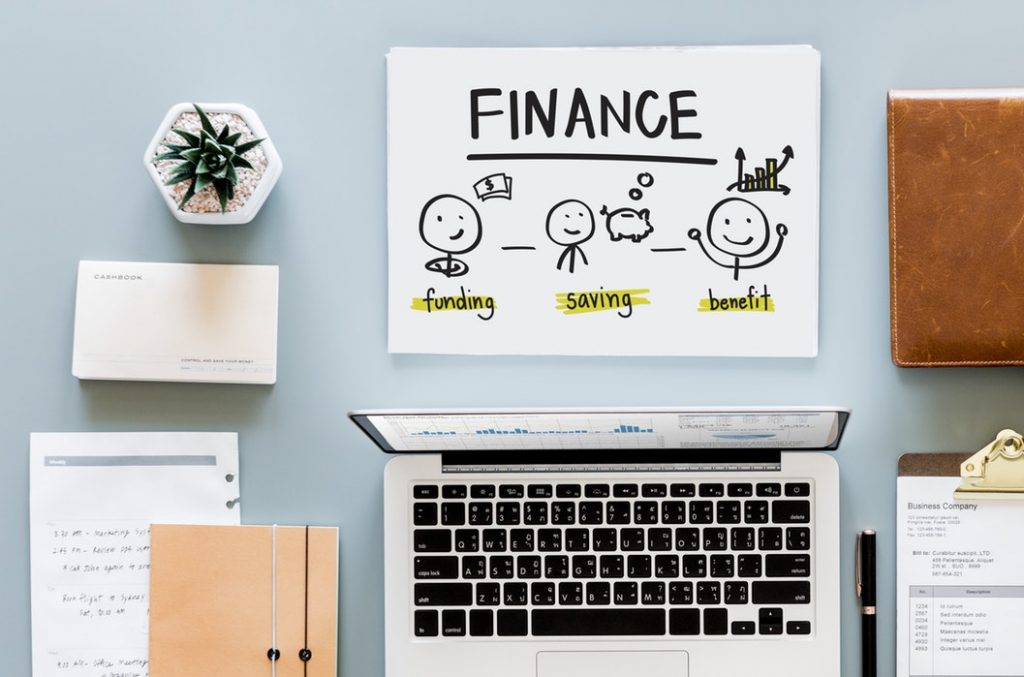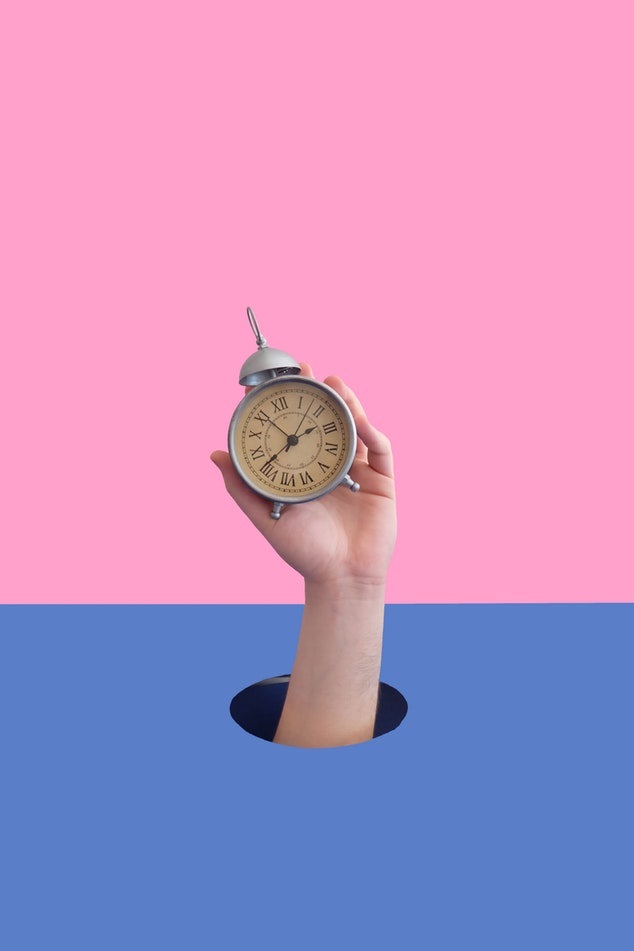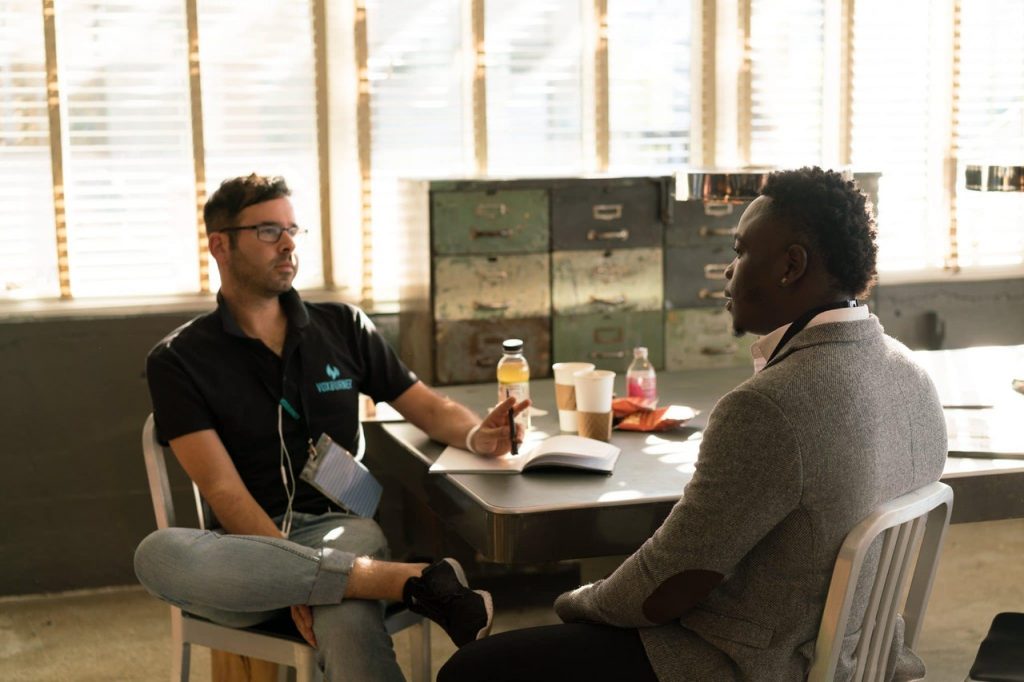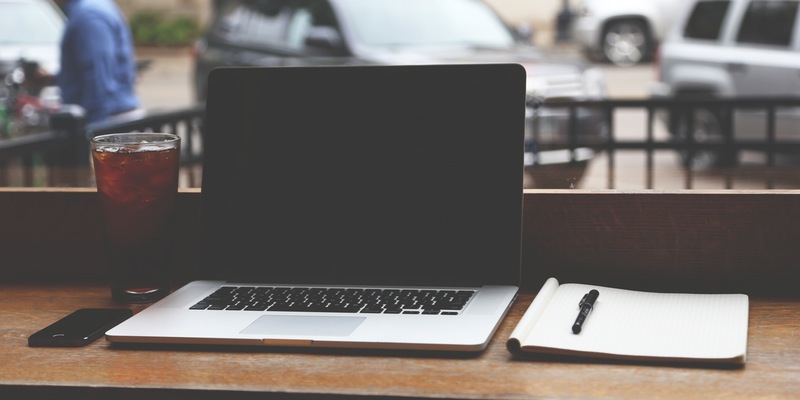Getting dressed for an interview: Basic tips

In a simple choice between job applicants who are similar in other respects, appearance and dress can tip the decision in your favor. That is why you should ask yourself what first impression your appearance and dress convey. First impressions are important, and it has been said that you never get a second chance to make a good first impression. You have probably heard these tips 100 times before, but one more time will not hurt.
- First of all, dress in the same way as your peers is a way of being accepted. If you want to be one of the in-group, then it is usually necessary to look like one of the in-group.
- Another tip is to ask yourself if your appearance and dress reflect where you have been in your life, or where you want to go, i.e. your history or your future. Just because you have had a particular appearance in the past does not mean you have to stay faithful to it. It may have been appropriate for the contexts and situations in which you have been in, which are different from the contexts and situations towards which you are now moving. Your appearance/dress may have been appropriate for your circumstances as a student, and now you can ask whether it is time to let that go and move on.
- You should also avoid looking untidy or over-casual for an interview. The reason for this is that interviewers are looking for clues about how you will work. If you look untidy or disorganized, this is a clue that you are untidy or disorganized in your work. If you are over-casual at the interview, this is a clue that you may be over-casual in your work and, in particular, with clients or the person to whom you report.
- If you are really not sure what constitutes appropriate dress for a particular interview, adopt the ‘safety first’ policy and dress in the ‘standard interview uniform’. The following is the ‘standard interview uniform’ for male interviewees: dark suit (grey or dark blue with faint stripes) with conservatively striped white shirt (no pullover), and black shoes which are well polished. A grey or blue sports jacket with grey trousers is an acceptable alternative to the suit. The ‘standard interview uniform’ for a female is rather less standard: a suit with matching jacket and skirt, or a blouse with a collar and a skirt below or on the knee, with a conventional jacket and black, sensible shoes. If you are in any doubt, the safety first rule is to err in favour of conventionality, rather than looking trendy or fashionable.
You can find all these and more tips on how to prepare for an interview in “Graduate Employment – 333 tips for finding your first job as a graduate” by Sue Greener, Tom Bourner and Asher Rospigliosi.
[sharethis]



